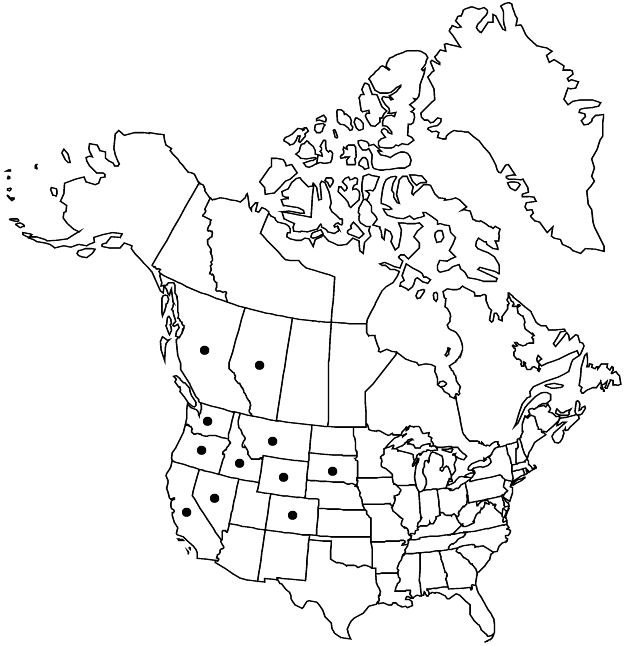Ceanothus velutinus
in W. J. Hooker, Fl. Bor.-Amer. 1: 125, plate 45. 1831.
Shrubs, sometimes arborescent, evergreen, 1–6 m. Stems ascending to erect, not rooting at nodes; branchlets brown, not thorn-tipped, round in cross section, flexible or ± rigid, puberulent, glabrescent. Leaves: petiole 9–32 mm; blade aromatic, flat, widely elliptic to ovate-elliptic, (25–)40–80(–130) × (13–)20–55(–60) mm, leathery, resinous, base subcordate to rounded, margins glandular-serrulate, teeth 93–150+, apex obtuse, abaxial surface pale green, velvety puberulent, especially on veins, or glabrous, adaxial surface dark green, shiny, glabrous; 3-veined from base. Inflorescences axillary, paniclelike, 5–12 cm. Flowers: sepals and petals cream; nectary yellow-tinged. Capsules 3–4 mm wide, lobed at apex; valves smooth or ± rugose, sometimes viscid, weakly crested or not crested.
Distribution

Alta., B.C., Calif., Colo., Idaho, Mont., Nev., Oreg., S.Dak., Wash., Wyo.
Discussion
Varieties 2 (2 in the flora).
A common shrub on mountain slopes, Ceanothus velutinus, which reproduces by both seeds and layering, often forms large colonies, especially following fires or forest clearing. The leaves of C. velutinus are strongly aromatic (often vanilla-scented) when crushed, and the adaxial faces, especially in var. laevigatus, appear varnished.
An infusion of leaves of Ceanothus velutinus was used by Native Americans in cleansing and to treat skin inflammations (D. E. Moerman 1998).
Selected References
None.
Key
| 1 | Leaf blade abaxial surfaces velvety puberulent, especially on veins; capsule valves smooth. | Ceanothus velutinus var. velutinus |
| 1 | Leaf blade abaxial surfaces glabrous, veins glabrous or sparsely puberulent; capsule valves ± rugose. | Ceanothus velutinus var. laevigatus |